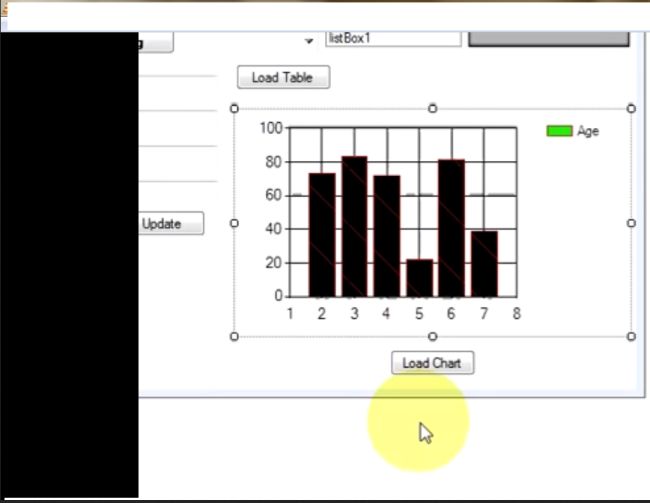
- #GRAPHCLICK FOR WINDOWS MAC OS#
- #GRAPHCLICK FOR WINDOWS SOFTWARE#
- #GRAPHCLICK FOR WINDOWS SERIES#
- #GRAPHCLICK FOR WINDOWS FREE#
Based on our sampling, we calculated intercoder and intracoder Pearson correlation coefficients. Besides, using the values we digitized, we recalculated the 23 effect sizes presented in the original articles for validity analysis.
#GRAPHCLICK FOR WINDOWS SERIES#
We performed the digitization of 6.846 data points on three different computers using 15 hypothetical graphs with 20 data series and 186 graphs with 242 data series from 29 published articles to accomplish the goal.
#GRAPHCLICK FOR WINDOWS SOFTWARE#
In this study, we aimed to analyze the validity and reliability of the PlotDigitizer software program, which is widely used in literature and an alternative to other data extraction programs, on computers with different operating systems. Researchers typically use data extraction software programs to extract raw data from the graphs in articles. Limitations and directions for future research are explored.Īccess to raw data of graphs presented in original articles to calculate the effect size of single-case research is a challenge for researchers conducting studies such as meta-analysis. Additionally, both programs allow for reliable extraction of data between raters and between software programs. Study findings suggest that both GraphClick and DataThief III provide valid methods of data extraction. The purpose of this study was to evaluate and compare the validity and reliability of the results yielded by each of these programs when evaluating the results of multiple research studies on the Good Behavior Game, a classroom-based intervention which has been in practice since 1969. Researchers consistently use two software programs, DataThief III and GraphClick to conduct meta-analytic work using SSEDs. Until recently, researchers wishing to undertake meta-analytic research themselves have had limited options for synthesizing the intervention effects of a collection of studies. In the realm of single-subject experimental designs (SSEDs), meta-analyses have a particular cachet: retaining the rigor of single-subject designs with the added robustness of replication to more fully determine the strength of a given approach or intervention. My first experiences are good: the software is easy to use, includes a nice magnification UI, and automatic curve detection works fine if the graph is “clean”.Īnd here's a list of other possible software from this answer on Cross Validated (link thanks to and Engauge Digitizer (free software, GPL license) auto point / line recognition.Researchers frequently rely on meta-analyses of prior research studies to efficiently evaluate a broad spectrum of results on a particular topic. The later is something I had not thought about, but might actually be useful for some teaching needs (analysis of motion from a video). Frame-by-frame digitization of QuickTime movies.Automatic detection of curves (solid, dotted or dashed), symbols, bar charts, or perimeters of areas.
#GRAPHCLICK FOR WINDOWS MAC OS#
Of course, if given the choice, I'd prefer open source software running on Linux and Mac OS.Ī colleague suggested I use GraphClick, a Mac OS software that includes (according to its website):
#GRAPHCLICK FOR WINDOWS FREE#
I don't think it'd be appropriate to have extra requirements on the software, so I'm happy with free or commercial solutions, running on any OS. Is that even something that exists? What other tools can you recommend to work around this issue? Thus, I am looking for a data extraction software that could recognize individual points automagically, and possibly filter them by point color or symbol used.

I currently use g3data to do that, but for large scatter plots having to click on every single point is tedious. Sometime, it's not even possible (I can hardly email the author of a 1936 paper!).

Some authors never reply, or ask questions like “what do you want to do with it?”. Most will do it, sometimes in nice ASCII format, sometimes in Excel files, sometimes in formats that I cannot open (chemists are fond of software like Origin or Igor Pro). One option is to ask the contact author for raw data. For example, a scatter plot from which I would like to get a list of individual ( x, y) coordinates for the points. There are many times when I am faced with the task of extracting data from a published graph (usually a bitmap image in an paper).


 0 kommentar(er)
0 kommentar(er)
